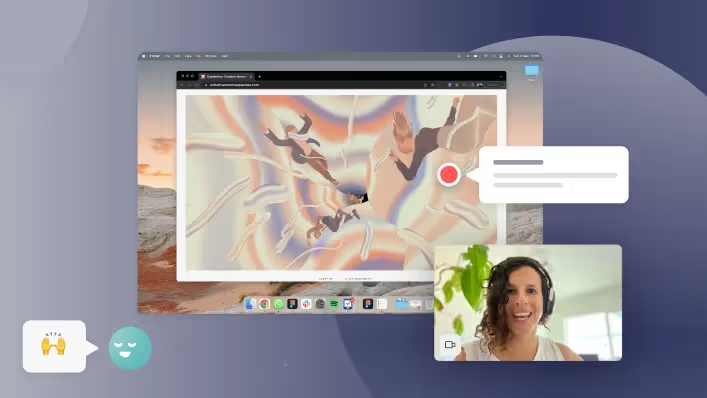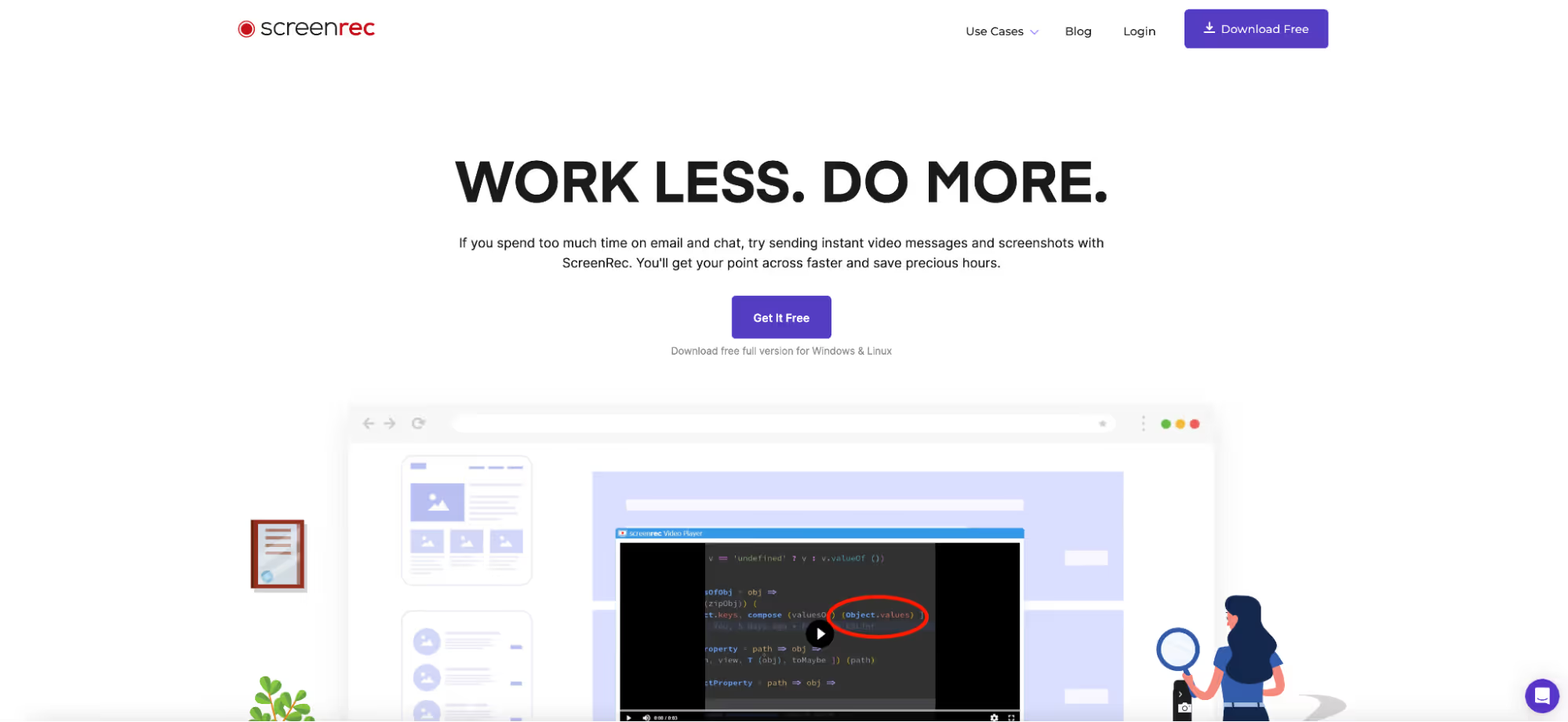
How to Master the Art of Colleague Review: Essential Phrases and Comments
Wondering how to turn your colleague reviews into constructive masterpieces? Discover essential phrases and comments that will aid you in nailing the art of effective and supportive feedback, enabling you to excel as a team.
The art of conducting a colleague review, also known as a performance review, is an essential skill that managers and team members must master in order to foster a positive workplace environment and improve employee performance. The aim of this article is to provide examples and phrases that can be used during colleague reviews to provide constructive feedback, positive reinforcement, and ultimately improve employee engagement and productivity. Regardless of workplace set-up, performance management is critical, and is applicable to team members, but also self evaluation.
Colleague reviews can encompass many aspects of work life and company culture. An organization's performance appraisal may evaluate aspects of the team member's performance including their time management, attendance, and punctuality, as well as their dependability and the extent to which they represent a team player in their role. The desired goal of these interpersonal conversations is to facilitate problem solving, and therefore, the most effective reviews hinge upon communicating negative feedback effectively. This management skill is crucial to communicating expectation.

When conducting a colleague review, it is important to have a clear understanding of the employee's role and responsibilities, as well as their performance over the review period. The use of performance review examples, provided in this blog, can help provide a framework for the review and ensure that all key areas are covered. For example, an effective employee performance review might include a review of the employee's achievements, areas for improvement, and future goals.
When providing feedback during a colleague review, it is important to be specific and use examples of positive feedback and constructive criticism. Positive feedback can include phrases such as "great job" or "excellent work" and should be accompanied by specific examples of the employee's accomplishments. For example, "Your ability to meet deadlines and prioritize tasks has greatly improved the efficiency of our team." Constructive criticism should be framed in a positive light and should focus on areas for improvement rather than personal faults. For example, "I have noticed that you sometimes struggle with time management. One way to improve in this area could be to use a task management tool to help you prioritize your tasks and stay on track." The psychological impact of shaping appraisal and feedback in this way is elaborated within this Bubble:
When conducting a performance review for managers, it is important to provide feedback that is specific to their role and responsibilities. Manager performance review examples could include comments on their ability to lead and inspire their team, as well as their ability to handle difficult situations and make informed decisions. For example, "Your ability to remain calm under pressure and provide clear guidance to your team during challenging times has had a positive impact on our team's morale."

In addition to providing feedback on specific areas of performance, it is also important to provide an overall performance summary. This can include comments on the employee's strengths, areas for improvement, and future goals. For example, "Overall, you have done an excellent job in meeting the expectations of your role. Your willingness to take on new challenges and consistently deliver high-quality work is commendable. Going forward, I would like to see you continue to develop your leadership skills and take on more responsibility within the team." This ensures that even entirely positive feedback can provide opportunities to further motivate and encourage a team member to strive for excellence.

When conducting a colleague review, it is also important to provide examples of performance evaluation comments and peer feedback examples. Peer feedback examples can include comments from coworkers on the employee's teamwork, communication skills, and ability to collaborate with others. For example, "Your coworkers have commented on your positive attitude and willingness to help out when needed. Your ability to work well with others has had a positive impact on our team's productivity." In the upcoming Bubble, a team member from Bubbles shares their insights on the advantages of embracing inclusivity in this context.
As mentioned, a critical aspect of conducting a performance review is to ensure that the feedback provided is constructive and focused on helping the employee improve and succeed in their role. Constructive feedback is an essential component of employee performance reviews and can help to foster a positive working relationship between managers and employees. When providing constructive feedback, it is important to use specific examples and focus on areas that are within the employee's control. For example, "I've noticed that you're very thorough with your research, which is fantastic. To further enhance your presentations, consider organizing your findings into more concise bullet points. This could help in communicating your valuable insights more effectively during our team meetings."
Another important aspect of conducting a performance review is to recognize and celebrate the employee's achievements and contributions to the team. Positive reinforcement can help to motivate employees and encourage them to continue to excel in their roles. When providing positive feedback, it is important to be specific and highlight the employee's strengths. For example, "Your ability to meet deadlines and prioritize tasks has greatly improved the efficiency of our team. I appreciate your hard work and dedication to achieving our team's goals."

In conclusion, mastering the art of colleague review is essential for managers and team members alike, regardless of the workplace set-up being in-person, remote, or asynchronous. By using the examples and phrases provided in this article, or similar variants, you can ensure that your reviews are constructive, specific, and ultimately help to improve employee performance and engagement. Remember to always approach colleague reviews with a positive attitude and be sure to provide feedback that is specific, constructive, and focused on helping the employee grow and succeed in their role.
Make your
meetings matter
Loved and trusted by 100,000+ users:
- Automatically Record and Transcribe Meetings
- Extremely Accurate Notes, Summaries, and Action Items powered by AI
- Works with Zoom, Google Meet, and Microsoft Teams
- Save time and follow-up with quick async videos
Simply connect your work Google or Microsoft Calendar to get started.
Collaborate better with your team
Get your point across using screen, video, and audio messages. Bubbles is free, and offers unlimited recordings with a click of a button.
.avif)
Collaborate better with your team
Get your point across using screen, video, and audio messages. Bubbles is free, and offers unlimited recordings with a click of a button.
.avif)













.avif)